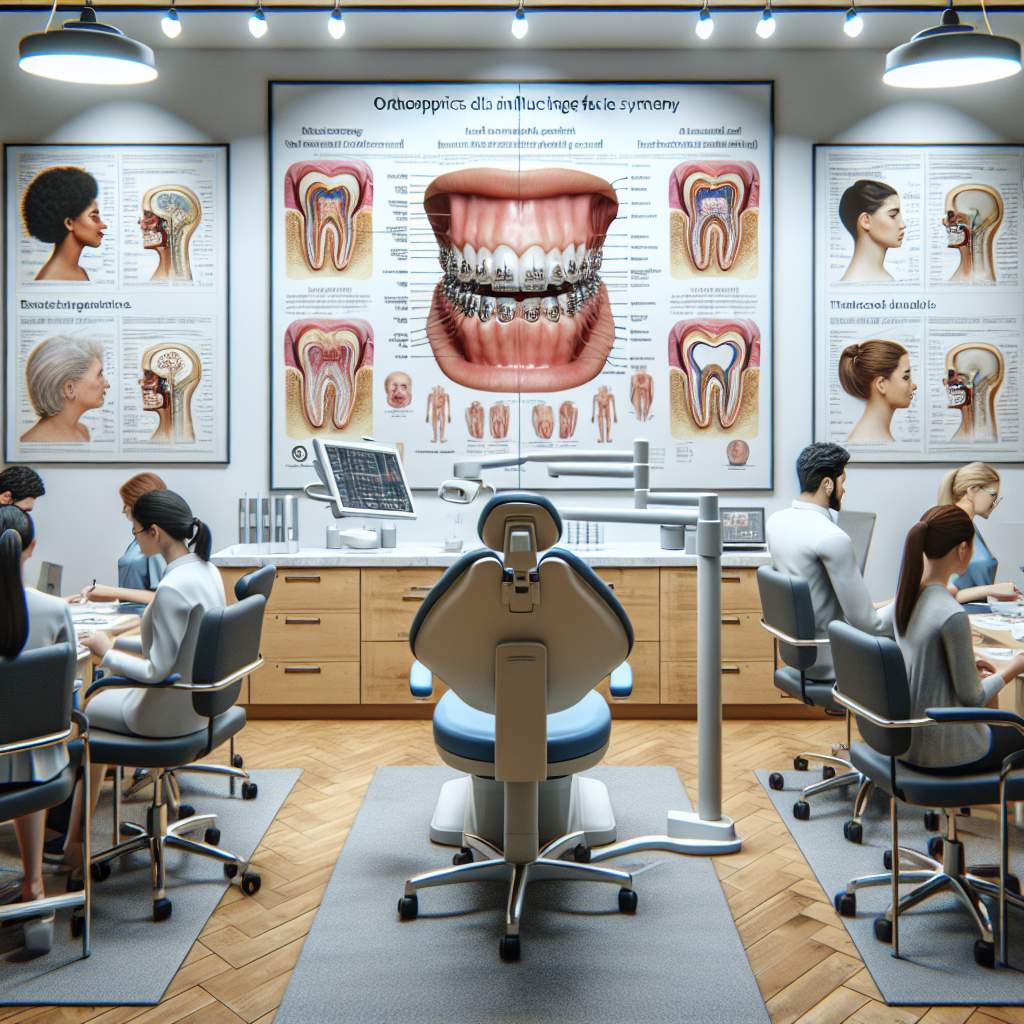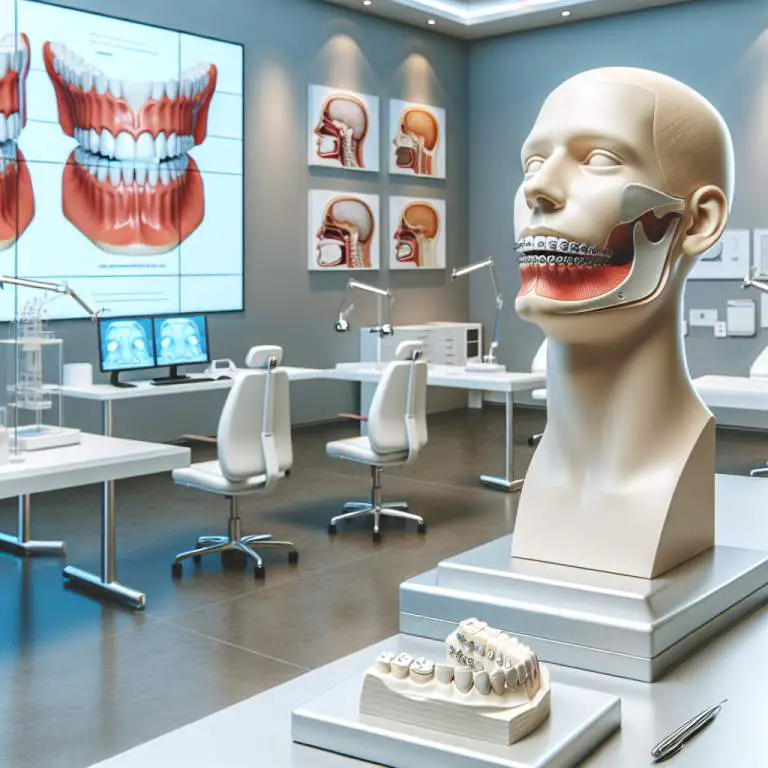How does mewing influence facial symmetry?
Mewing can help improve facial symmetry by promoting proper tongue posture. When you practice mewing, your tongue presses evenly against the roof of your mouth. This action supports and gradually shifts the bones in your face and jaw into a more balanced position. Over time, this can lead to a more symmetrical appearance of facial features.

How does mewing work to potentially alter facial structure?
Mewing is a technique that involves positioning your tongue against the roof of your mouth. This position is supposed to help shape the bones in your face and jawline over time. The idea is that by keeping your tongue in this specific spot, you can influence how your facial structure develops or changes.
People who practice mewing believe that it can make their jawlines look more defined and their faces appear more balanced. They think that by doing this regularly, they can train their facial muscles and bones to grow in a certain way. It’s like telling your face, “Hey, let’s try growing this way instead of that way.”
What are the principles behind mewing and facial symmetry?
The main principle behind mewing is about improving posture—not just of the body but of the tongue and jaws as well. Good posture helps with lots of things, like back pain and breathing better. When it comes to mewing, good tongue posture means placing the entire tongue on the roof of the mouth. This action is believed to support and possibly improve facial symmetry over time.
Facial symmetry means both sides of your face look pretty much the same. A symmetrical face is often seen as more attractive in many cultures around the world. So, by practicing proper tongue posture through mewing, some people hope to achieve a more symmetrical face by influencing how their facial features align with each other.
Can mewing correct existing facial asymmetries?
Mewing enthusiasts suggest that this technique can help correct minor facial asymmetries over time. The idea is that by consistently applying pressure in certain areas with your tongue, you might be able to encourage slight adjustments in bone structure or muscle tone. These small changes could potentially lead to a more balanced appearance.
However, it’s important to remember that everyone’s face is a little bit asymmetrical—that’s totally normal! While some believe mewing can make noticeable differences for minor imbalances, it’s unlikely to drastically change one’s appearance or correct significant asymmetries caused by genetics or injury.
What evidence supports the effectiveness of mewing in improving facial symmetry?
The evidence supporting mewing as a method for improving facial symmetry is mostly anecdotal. This means that most of the information comes from people sharing their personal experiences online rather than from scientific studies. Some individuals report seeing changes in their jawline or overall facial structure after practicing mewing for an extended period.
While these personal stories can be compelling, there isn’t a lot of scientific research specifically on mewing and its effects on facial symmetry yet. Researchers have studied similar concepts related to orthodontics and maxillofacial surgery, but direct evidence linking mewing practices with improved facial balance remains limited at this time.
| Aspect | Description | Expected Outcome |
|---|---|---|
| Jawline Definition | Mewing involves proper tongue posture, potentially leading to a more defined jawline over time. | Improved symmetry and definition of the jawline. |
| Cheekbone Prominence | Consistent mewing may help in engaging the cheek muscles, possibly enhancing cheekbone visibility. | Higher and more symmetrical cheekbones. |
| Nasal Symmetry | While not directly affecting the nose, improved posture and facial structure can influence perceived nasal symmetry. | Slight improvement in how nasal symmetry is perceived due to overall facial balance. |
| Bite Alignment | Mewing encourages proper oral posture, which might influence bite alignment over time. | Better alignment of teeth and potentially reduced asymmetry in bite. |
| Note: Results vary significantly among individuals. Consultation with a professional is recommended for personalized advice and treatment options. | ||
How long does it take to see results from mewing for facial symmetry?
Seeing results from mewing can vary greatly from person to person. Some people might notice changes in a few months, while others may need a year or more. It depends on how consistently one practices mewing and their age. Younger individuals tend to see results faster because their bones are still growing and adapting.
Patience is key when practicing mewing for facial symmetry. Since it’s a gradual process, expecting overnight results is unrealistic. Keeping track of progress through photos can be helpful in noticing subtle changes over time.
Are there any risks or potential side effects associated with mewing?
Mewing, when done correctly, is generally safe. However, incorrect technique can lead to issues. For example, applying too much pressure with the tongue or doing it unevenly can potentially worsen asymmetry rather than improve it. It’s important to understand and follow the correct method.
Additionally, excessive focus on mewing can sometimes lead to jaw pain or discomfort. If any pain or discomfort arises, it’s advisable to ease up on the practice and consult with a professional if necessary.
What additional practices can complement mewing for better facial symmetry?
Apart from mewing, maintaining overall good posture is crucial for facial symmetry. Poor posture can affect the alignment of your jaw and neck over time, which in turn impacts facial structure. Practicing regular exercises that strengthen the neck and shoulders can help improve posture.
Eating a balanced diet rich in calcium and vitamins D and K2 supports bone health, which is essential for any structural changes in the face. Staying hydrated and avoiding habits that could negatively impact bone structure, like smoking, also play a role in achieving better results with mewing.
Final Thoughts
Mewing offers a natural way to work towards improved facial symmetry but requires patience and consistency. Results vary among individuals and depend largely on proper technique and complementary lifestyle choices.
Risks associated with incorrect practice highlight the importance of learning the correct method before starting. Combining mewing with good posture habits, a healthy diet, and avoiding detrimental habits maximizes the potential for positive change.







